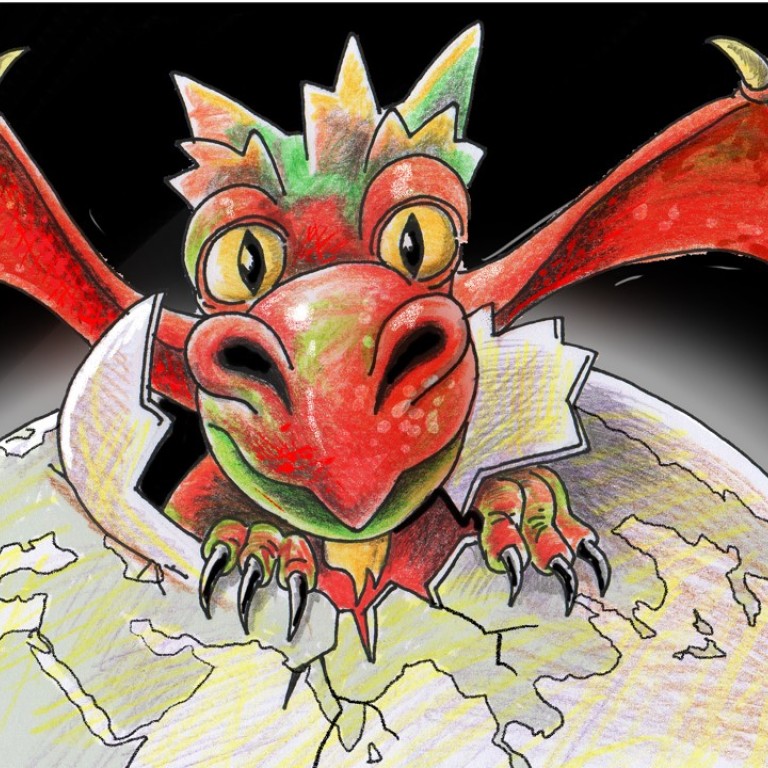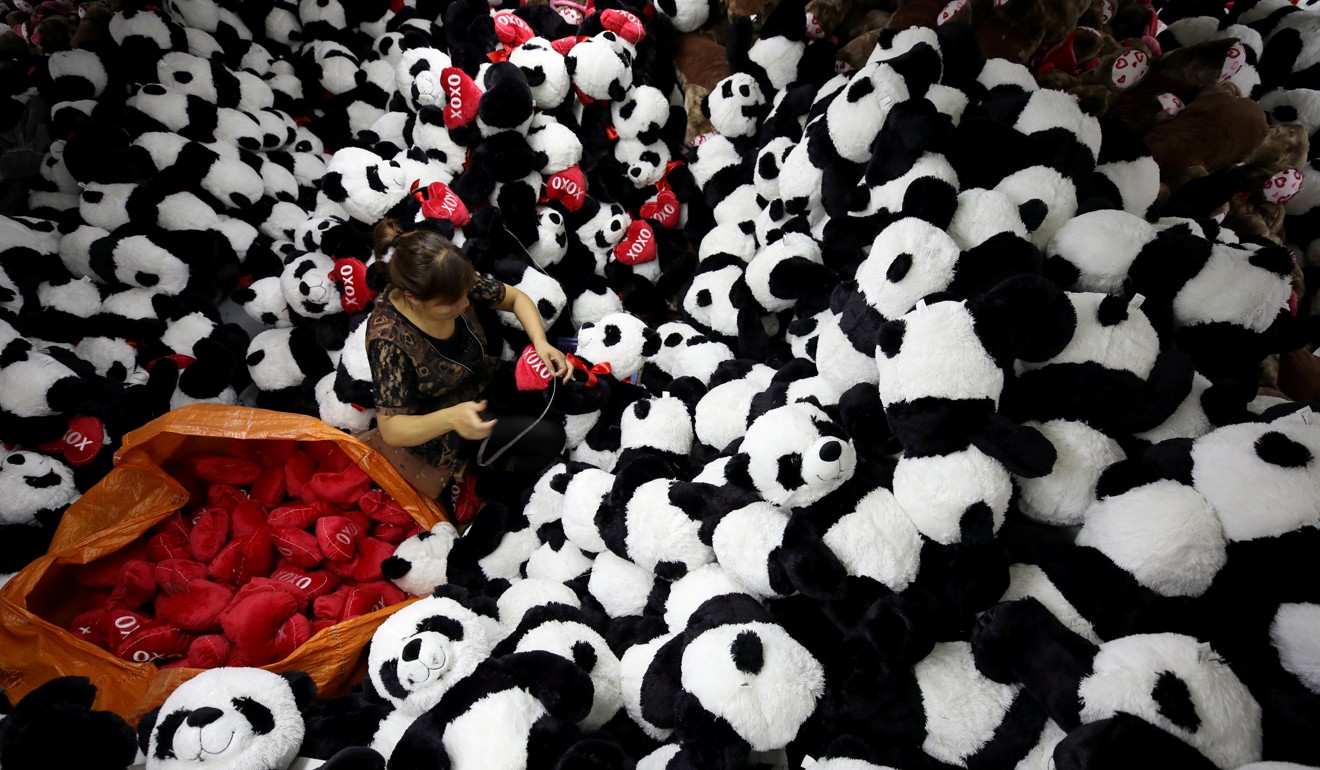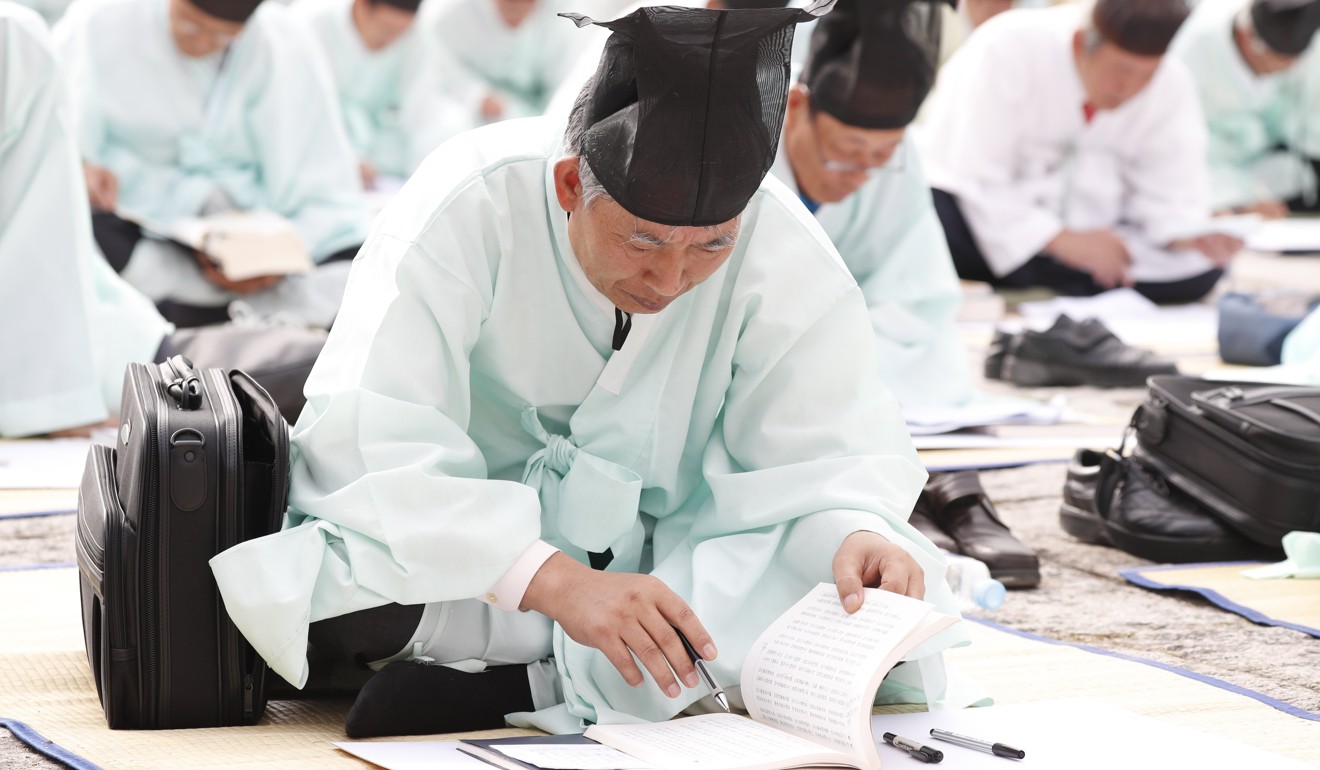
China’s rise is assured in our new world order, but not as a hegemon
Jean-Pierre Lehmann says though one major power dominated the past two centuries – Britain in the 19th and America in the 20th – in the 21st century, no single country will be calling the shots. Instead, the tussle for influence will be fiercest on the Asia-Pacific stage
During most of my working life, I have commuted physically and intellectually between western Europe and East Asia, where I spent part of my childhood and where I have over the years lived, studied, worked and taught. Of course, to get from one to the other, one has to traverse the Eurasian continent. Which is what I did. In the late 1960s/early 1970s, for example, I would take a ship from Portsmouth to Leningrad (as it then was), a train from Leningrad to Moscow, a plane from Moscow to Khabarovsk, a train from Khabarovsk to Nakhodka, a boat from Nakhodka to Yokohama, then, the final leg, a train from Yokohama to Tokyo.
I would occasionally stop for a few days along the way. The icy cold war atmosphere notwithstanding, the warmth (and liquidity: lots of vodka!) of Russian hospitality lived well up to its reputation. I had read in my teens lots of Russian literature, and was enthralled when I read 15 years ago that splendid history of Russian culture, Natasha’s Dance by Orlando Figes. That was 15 years ago, a year after China acceded to the World Trade Organisation. In the meantime, academically I remained an East-West guy.
By the beginning of this century, the China narrative has been dramatically transformed, as has its impact on the world. The global balance of economic power is moving from West to East, as the Atlantic centuries seem to be entering their concluding chapters and an Asia-Pacific century emerges in the 21st.
Learning from China: three lessons for the ignorant West

Why the West and Japan should stop preaching to a rising China
The fact that the world is at a turning point is beyond dispute. Where it is turning to is another matter. Because the last two centuries have been dominated by one major global power – Britain in the 19th, the US in the 20th – there is an assumption that it must be someone else’s turn. (Presumably, China?)
In fact, as author Ian Morris compellingly argues in Why the West Rules – For Now, the history of the Eurasian continent – where civilisations flourished and history was made – was one of exchange, mutation and what we would call today, “multipolarity”. Rudyard Kipling’s famous “East is East and West is West” poem portrays a 19th-century imperialist view of the world, and does not correspond to historical reality. Throughout the millennia, Eurasian societies, emanating from five major civilisations (Chinese, Indian, Persian, Arabic and European), fought with each other, traded goods, sciences and ideas with each other, as they learned and borrowed from each other. There was no East and West, Europe and Asia. Arabic thought influenced the Renaissance; Confucian thought influenced the Enlightenment; India invented and developed the zero.
How China played a part in the birth of globalisation in the 16th century

Things began changing with the rise of the Portuguese seaborne empire in the late 15th century. Initially incrementally, then, from the early 19th century on, rapidly and radically, Europe rose as virtually all of Asia declined. Europe’s “superiority” ensured Asia’s subjugation. This century is witnessing the resurgence of Asia; especially the rise of China as a global power. The idea, however, that the world was following a pattern and that China would emerge as the coming hegemon seems unconvincing.
Whether China can be different, whether it can achieve its ‘peaceful rise’, will be the dominant question this century
I have made a considerable effort over the past four years to become more immersed in Eurasian and Central Asian historical patterns, contemporary dynamics and future prospects. I have travelled not just physically, but also intellectually across much of the Eurasian continent. This has included most recently an intensive week of discussions in Moscow with Russian interlocutors from different professions and generations (including a high-school class of 15-year-olds) to hear how they see the world.
Here, I wish to emphasise the concept that Dmitri Trenin, director of the Carnegie Moscow Centre, introduced me to, and which I found very useful in constructing my new view of the world. Whereas recently, there has been much talk of whether Russia is pivoting to the East or maintaining its historical ties with Europe, Trenin speaks of a “360-degree vision, where Moscow serves as the central element of a new geopolitical construct: Eurasia writ large, aka Greater Eurasia”.

Xi Jinping isn’t just reforming China, he’s creating an alternative to the West
In this Greater Eurasian space, China clearly dominates. Its gross domestic product is roughly 10 times the size of Russia’s and more than five times the size of India’s. But for a number of reasons, there will be no Chinese hegemon comparable to the UK or US. China is unlikely to match the US in hard power, and its soft power is weak.
The UK and the US gained hegemony in part by waging brutal imperialist wars and enforcing exploitative subjugation on much of the world – in Asia, Africa and Latin America. Whether China can be different, whether it can achieve its “peaceful rise”, will be the dominant question this century. Greater Eurasia is full of exciting potential. It is also, however, a geopolitical cauldron. Whatever happens, the narrative of the 21st century will be written there.
Jean-Pierre Lehmann is emeritus professor at IMD, founder of The Evian Group, and visiting professor at the University of Hong Kong

